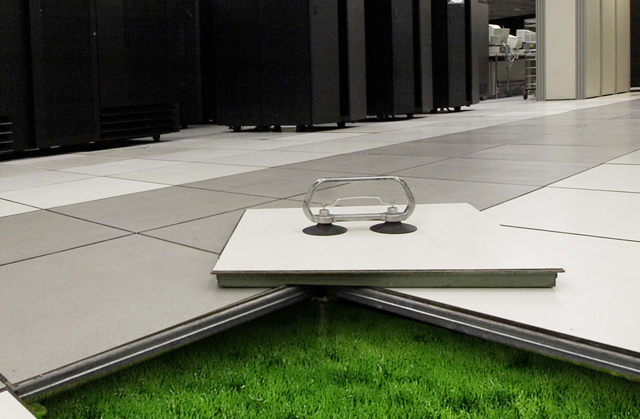Environmental policies & practices @ IBM Research Europe – Zurich
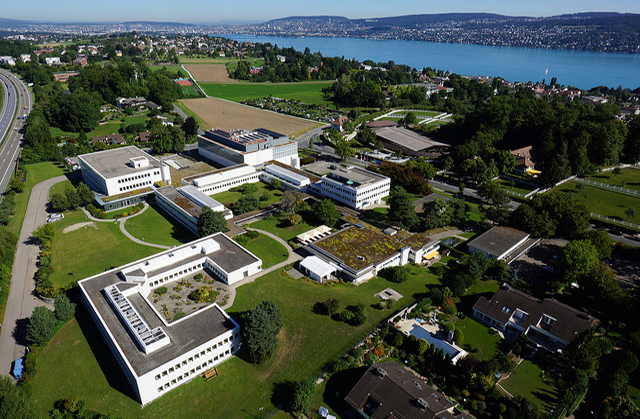
ISO 14001
In 1997, IBM became the world’s first major multinational to have earned a single worldwide registration to the ISO 14001 EMS. Since then, IBM has expanded its global ISO 14001 registration to include its chemicals-using research locations as well as its non-manufacturing locations.
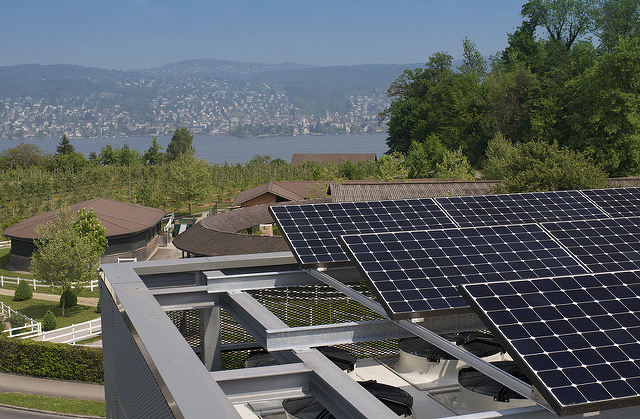
Green buildings
The Binnig and Rohrer Nanotechnology Center, a joint collaboration with ETH Zurich, continues IBM’s tradition of environmental awareness.
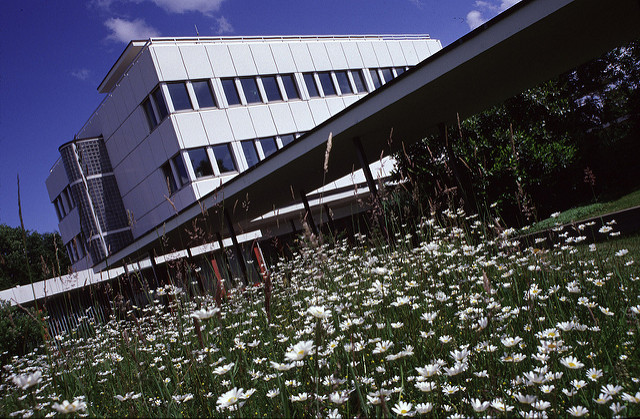
Dedicated to sustainability
“Sustainability and the environmentally-conscious use of natural resources played a central role in the planning and building of the new Nanotech Center,” says Roland Germann, manager of the Nanotechnology Center Operations group.
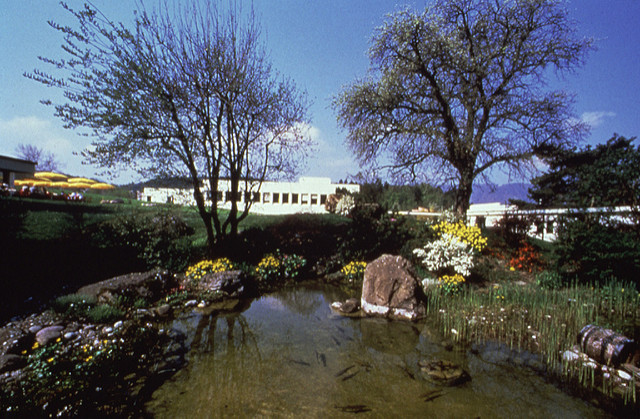
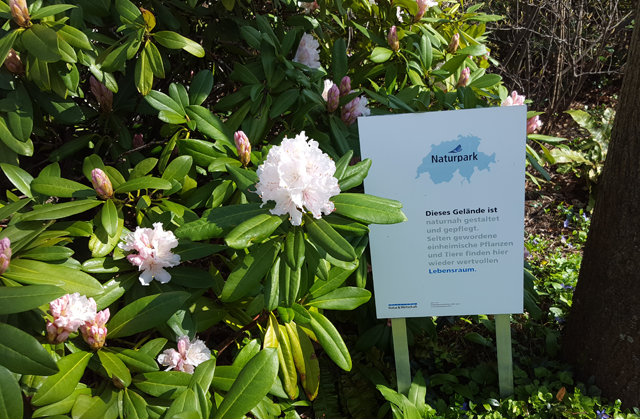
“Nature park” campus
The park-like grounds surrounding the IBM Research Europe – Zurich labs and offices are more than just randomly planted vegetation.
